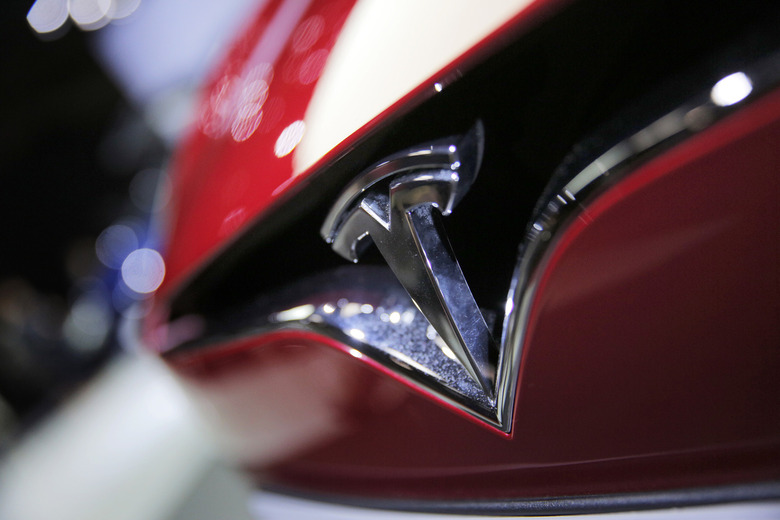Model 3 Teardown Reveals That Tesla Might Actually Start Making Money One Day
Tesla certainly has no problem when it comes to generating revenue, but turning a profit is a whole another story. During the recent March quarter, for example, Tesla generated an impressive $3.4 billion in revenue, easily representing a new quarterly record for the company. At the same time, Tesla last quarter still managed to burn through a whole lot of cash and ended up posting a loss of $785 million, a figure which represents the biggest quarterly loss in company history.
That loss notwithstanding, Tesla in its shareholder letter indicated that the company might actually be able to turn a profit during the third of fourth quarter of this year. "If we execute according to our plans," the letter reads, "we will at least achieve positive net income excluding non-cash stock based compensation in Q3 and Q4 and we expect to also achieve full GAAP profitability in each of these quarters."
Of course, Tesla's plan to turn a profit will rest on its ability to significantly ramp up Model 3 production. As it stands now, Tesla is still aiming to hit a production rate of 5,000 vehicles per week by the end of June. And last we heard, weekly production now falls somewhere in the 3,500 units per week range.
Interestingly enough, if Tesla can really boost Model 3 production, the company may be able to generate more of a profit than most analysts seem to be expecting. To this point, Electrek points us to a new Model 3 teardown which reveals that the total cost of putting together a Model 3 (parts + labor) is approximately $28,000.
Margins in the auto-industry are notoriously slim, but the Model 3 could prove to be incredibly profitable for Tesla if production sees a massive boost. As Elon Musk intimated via Twitter recently, Model 3 shipments thus far are low enough that Tesla would lose money if the company only focused on delivering the minimum cost ($35,000) Model 3 as opposed to focusing on more expensive variants. Put simply, if Tesla can ramp up production significantly, the company may actually be able to turn a nice profit. And remember, there are an estimated 400,000+ outstanding reservations for the company's mass market EV. What's more, there's a good chance that most Model 3 buyers will not settle on the entry-level model for $35,000 but will instead add a range of add-ons which will only help pad Tesla's bottom line.
